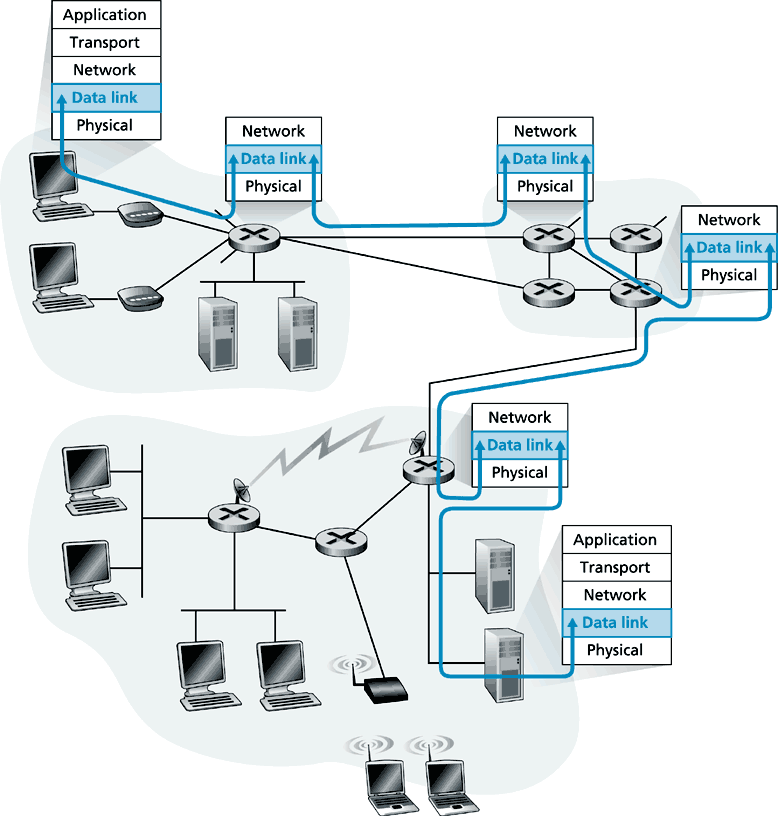Nivel de red
Vicente González Ruiz
December 25, 2013
X.25 is a legacy Network layer protocol that provides subscribers with a network
address. Virtual circuits can be established through the network with call
request packets to the target address. The resulting SVC is identified by a
channel number. Data packets labeled with the channel number are delivered
to the corresponding address. Multiple channels can be active on a single
connection.
Typical X.25 applications are point-of-sale card readers. These readers use X.25 in
dialup mode to validate transactions on a central computer. For these applications,
the low bandwidth and high latency are not a concern, and the low cost makes X.25
affordable.
X.25 link speeds vary from 2400 b/s up to 2 Mb/s. However, public networks are
usually low capacity with speeds rarely exceeding above 64 kb/s.
X.25 networks are now in dramatic decline being replaced by newer Layer 2
technologies such as Frame Relay, ATM, and ADSL. However, they are still in use in
many portions of the developing world, where there is limited access to newer
technologies.
¿D’onde estamos?
- La capa de red define un conjunto de protocolos que usados
adecuadamente permiten transmitir paquetes de datos entre cualesquiera
dos hosts de Internet.
- La capa de red (en concreto el IP) corre en todos los routers y hosts de Internet
(v’ease la Figura
1).
- Es la responsable del encaminamiento (forwarding) de los datagramas y del
routing (actualizaci’on de las tablas encaminamiento) [3, 1, 2].
- No existen conexiones (este concepto s’olo se maneja a nivel del TCP).
- Servicio m’inimo (best-effort):
- No existe control de flujo, ni de errores, ni de congesti’on.
- No se garantiza la tasa de transmisi’on, independientemente del
intervalo de tiempo utilizado.
¿Realmente best-effort?
- Portabilidad extrema:
- El servicio definido por el IP es tan pobre que casi cualquier
tecnolog’ia de red inventada hasta la fecha es capaz de soportarlo.
References
[1] Douglas E. Comer. Internetworking with TCP/IP. Principles, Protocols,
and Architectures (4th Edition), volume 1. Prentice Hall, 2000.
[2] James F. Kurose and Keith W. Ross. Computer Networking: A
Top-Down Approach Featuring the Internet (2nd Edition). Addison Wesley,
2003.
[3] Gary R. Wright and W. Richard Stevens. TCP/IP Illustrated.
Addison-Wesley, 1995.
